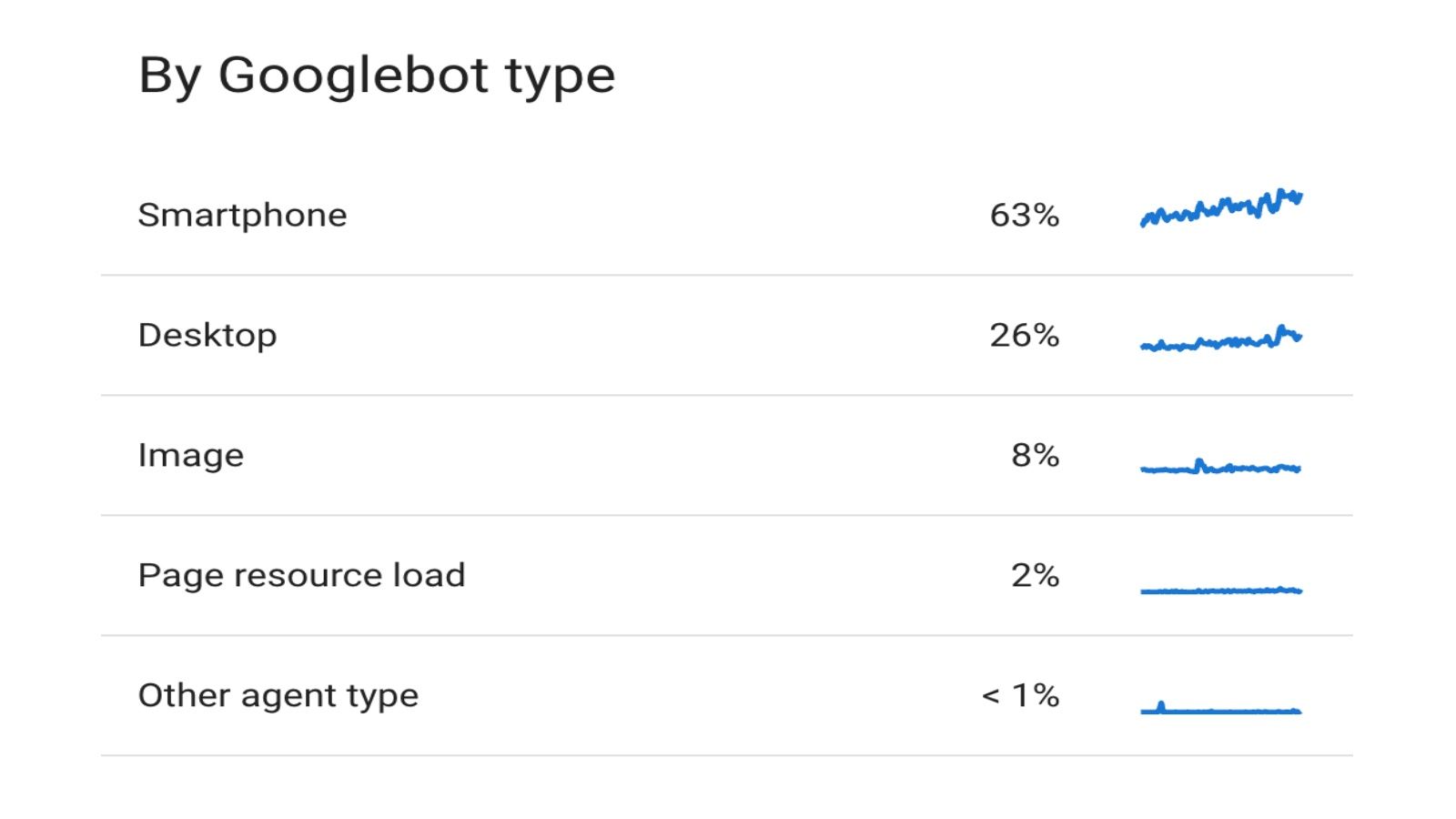Google completes the switch to Mobile-First indexing
Google this week announced it has completed the switch to mobile-first indexing. This means that Google will now primarily use the mobile version of a website to index its pages and rank them in search results.

Google this week announced it has completed the switch to mobile-first indexing. This means that Google will now primarily use the mobile version of a website to index its pages and rank them in search results.
Google began the transition to mobile-first indexing in 2016, as more and more users began to access the internet from their mobile devices. In recent years, mobile web traffic has continued to grow, and in some regions, people almost exclusively use their phones to access the internet.
The switch to mobile-first indexing is a significant change for website owners, as it means that they need to make sure that their mobile websites are just as complete and informative as their desktop websites. Google has a number of resources available to help website owners make their mobile websites mobile-friendly:
- Mobile-Friendly Test: This tool allows website owners to test any web page to see if it is mobile-friendly.
- Mobile-First Indexing Best Practices: This document provides guidance on how to make your website mobile-friendly and how to ensure that it is properly indexed by Google.
- Google Webmasters Guide: This guide provides comprehensive information on how to optimize your website for search engines, including how to make it mobile-friendly.
- Google Developers: This website provides a variety of resources for web developers, including documentation, tutorials, and tools.
Google has also announced that it will be turning off the indexing crawler information in the settings page in Search Console. According to Google, this information is no longer needed since all websites that work on mobile devices are now being primarily crawled with Google's mobile crawler.
What does this mean for website owners?
Website owners need to make sure that their mobile website is just as complete and informative as the desktop website.

